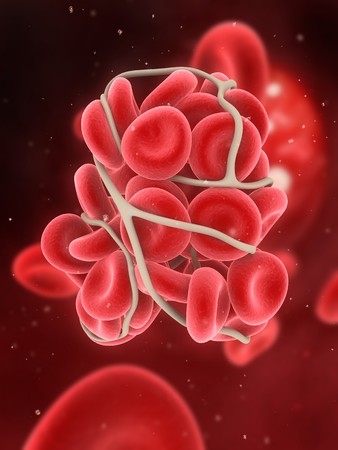Note that your final mark will not be saved in the system.
D1–D2 Structure and Function Typeit
Type the correct answers into the spaces. Fill all the spaces before clicking ‘Check Answers!’

The cardiovascular (CV) system has several key functions at rest and in response to physiological changes that might occur as a result of exercise, the environment, illness or health problems.
The heart and blood vessels are responsible for working together, along with the respiratory system, to deliver and nutrients to the muscles, the brain and other key organs in the body. The demand at the muscles increases during exercise, and the cardiovascular system is responsible for increasing the speed of delivery to meet these demands. As muscles respire, they produce as a waste product, which the cardiovascular system is also responsible for removing. During anaerobic activity, is produced as an additional waste product which must also be removed if exercise is to continue and fatigue tolerated.
The CV system is important in preventing body temperature from increasing or decreasing above the norm of °C. This maintenance of body temperature is known as and is important for effective functioning of enzymes involved in many essential bodily reactions. It is of greater importance during exercise, as the muscles produce heat, which must be kept to a minimum via the sweat response. This is made possible by of blood vessels near the skin, allowing heat to dissipate into the atmosphere. Blood vessels that supply tissues that are of less importance during exercise, such as the stomach, undergo to reduce blood flow and ensure working skeletal muscles are prioritised.
The different components of blood are important in fighting infection and responding to adverse health issues. Blood is comprised of:
- blood cells – produced in bone marrow, these contain the protein molecule haemoglobin, responsible for transporting oxygen.
- blood cells – these play a key role in fighting infection and are also produced in bone marrow.
- – these respond to internal bleeding caused by damage blood vessels, forming clots around the blood to prevent further damage.
- – this is the yellow-coloured liquid that carries all of the above.